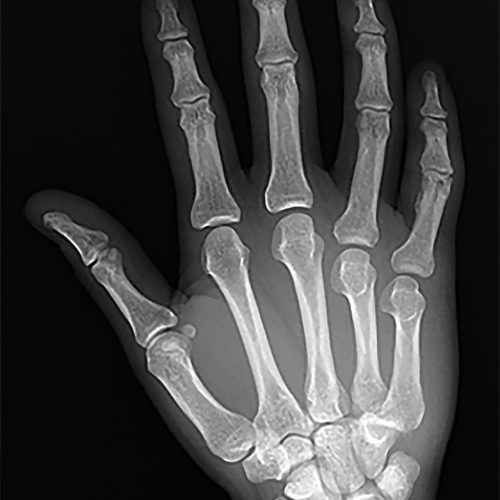In California, determining fault in an auto accident is a crucial factor which impacts the outcome of insurance claims and legal proceedings. The fault is determined based on the principles of comparative negligence, which means that each party involved in the accident may be assigned a percentage of fault based on their actions contributing to the collision.
California follows a “fault” or “at-fault” system, where the person responsible for causing the accident is held accountable for the resulting damages. To establish fault, a variety of factors are taken into consideration, including traffic laws, driver behavior, witness statements, police reports, and physical evidence.
The first step in determining fault is the gathering of evidence by the parties involved and insurance companies. This evidence may include photographs of the accident scene, vehicle damages, and injuries sustained, as well as any available video footage or witness testimonies.
Insurance companies appointed by the parties involved will then evaluate the evidence to determine fault percentages. If the parties disagree on the assigned fault percentages, negotiations or legal action may be pursued to arrive at a resolution.
The “pure comparative negligence” rule is followed in California, which means that even if an individual is found partially at fault for causing the accident, they may still be entitled to compensation proportional to their assigned percentage of fault. For example, if a driver is deemed 20% at fault and the total damages amount to $10,000, they would be eligible to receive 80% ($8,000) of the total compensation.
It is important to note that California operates under a statute of limitations, which means that individuals have a limited timeframe within which they can file a personal injury claim resulting from an auto accident. Typically, the deadline for filing such claims is two years from the date of the accident.
In conclusion, determining fault in an auto accident in California involves an examination of various factors and evidence. The state’s comparative negligence system allows for potential compensation, even if individuals are partially at fault. Seeking legal advice and adhering to the statute of limitations is crucial in ensuring one’s rights are protected and appropriate claims are filed.
How does car insurance work when you are not at fault in California?
Since California is not a no-fault state, injured victims must file car accident claims with the at-fault driver’s insurance company. This means they must identify the driver who caused the accident and prove this driver’s fault during the insurance process.

What to do after a car accident not your fault in California?
FILING AN INSURANCE CLAIM AFTER AN AUTO ACCIDENT Filing a claim can be accomplished by calling your insurance company or reporting the incident through an online portal. Regardless of who was at fault, all motorists should notify their insurance providers.
Who is usually at fault in a car crash?
In most instances, any driver violating traffic law will be held largely responsible for a resulting car accident. If one of the drivers is issued a citation for speeding, running a light, or another violation, he or she will most likely be primarily at fault, and carry the heaviest burden of the resulting liability.
What painkiller is best for migraines?
Acetaminophen (Tylenol), non-steroidal anti-inflammatory drugs (NSAIDs) like aspirin, and caffeine are common ingredients found in OTC migraine products. Some research suggests that the combination of acetaminophen, aspirin, and caffeine (Excedrin Migraine) may work better and faster than other options.
What is best to take for migraine headaches?
Over-the-counter medications like acetaminophen (Tylenol), aspirin, ibuprofen (Advil, Motrin), or a combination of acetaminophen, aspirin, and caffeine (Excedrin Migraine) can sometimes help ease migraine headaches. It’s best to take one of these as soon as you feel a migraine coming on.
Is Tylenol or ibuprofen better for migraines?
In summary, our results suggest that acetaminophen and ibuprofen are effective and well tolerated as treatments for acute attacks of migraine in children, with acetaminophen having faster onset but slightly less effect and ibuprofen giving the best relief.
What is the best pill for migraines and headaches?
– ibuprofen (brand names Advil® and Motrin®)
– naproxen (brand names Aleve®, Anaprox®, Naprelan®, and Naprosyn®)
– aspirin (brand names Anacin®, Ascriptin®, Bayer®, Bufferin®, Excedrin®, and Ecotrin®)



